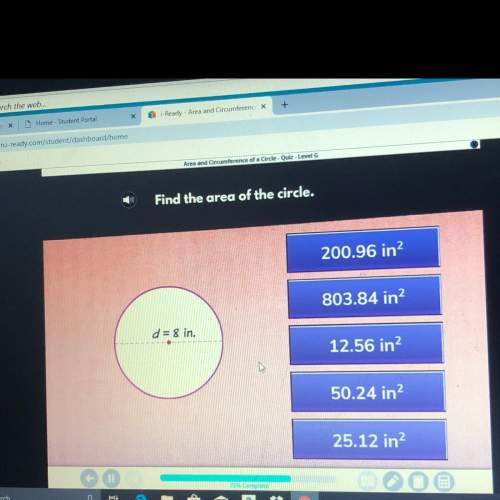
Mathematics, 21.06.2021 17:20 189652
A certain company receives shipments of the same liquid (substance XY-135) from Company A and Company B, respectively. Company A and Company B both ship this substance XY-135 in barrels with carrying capacity of eleven gallons. The company wants to test whether there is a difference in the amount of substance XY-135 received by barrels from Company A and Company B, respectively. A sample size of n = 15 barrels is collected from Company A, with a mean of 10.711 gallons and standard deviation of 3.4 gallons, while a sample of size n = 19 barrels is collected from Company B with a mean of 9.910 gallons with standard deviation of 3.2 gallons, respectively. Additionally, a sample mean difference of 2.100 was calculated with a sample standard deviation of the difference, sd, calculated to be 5.831. Furthermore, a Shapiro Wilk Test for Normality was conducted on the sample from Company A and the sample from Company B, and p-values of p = .1492 and p = 9632 were obtained, respectively. Using a = 0.05, conduct a hypothesis test to determine if there is a a population difference in means between gallons received of substance XY-135 from Company A and Company B.
Required:
What are your statistical hypotheses? What is your test statistic?

Answers: 1


Another question on Mathematics


Mathematics, 22.06.2019 00:30
Which polynomial equation of least degree has -2, -2, 3, and 3 as four of its roots? (x + 2)(x - 3) = 0 (x - 2)-2(x + 3)3 = 0 (x-2 + 2)(x2- 3) = 0 (x + 2)2(x - 3)2 = 0
Answers: 2

Mathematics, 22.06.2019 01:00
For every corresponding pair of cross sections, the area of the cross section of a sphere with radius r is equal to the area of the cross section of a cylinder with radius and height 2r minus the volume of two cones, each with a radius and height of r. a cross section of the sphere is and a cross section of the cylinder minus the cones, taken parallel to the base of cylinder, is the volume of the cylinder with radius r and height 2r is and the volume of each cone with radius r and height r is 1/3 pie r^3. so the volume of the cylinder minus the two cones is therefore, the volume of the cylinder is 4/3pie r^3 by cavalieri's principle. (fill in options are: r/2- r- 2r- an annulus- a circle -1/3pier^3- 2/3pier^3- 4/3pier^3- 5/3pier^3- 2pier^3- 4pier^3)
Answers: 3

Mathematics, 22.06.2019 01:00
Why is causation so much more difficult to prove than correlation?
Answers: 2
You know the right answer?
A certain company receives shipments of the same liquid (substance XY-135) from Company A and Compan...
Questions

Law, 09.06.2021 18:30

Mathematics, 09.06.2021 18:30



Mathematics, 09.06.2021 18:30


Mathematics, 09.06.2021 18:30













English, 09.06.2021 18:30




